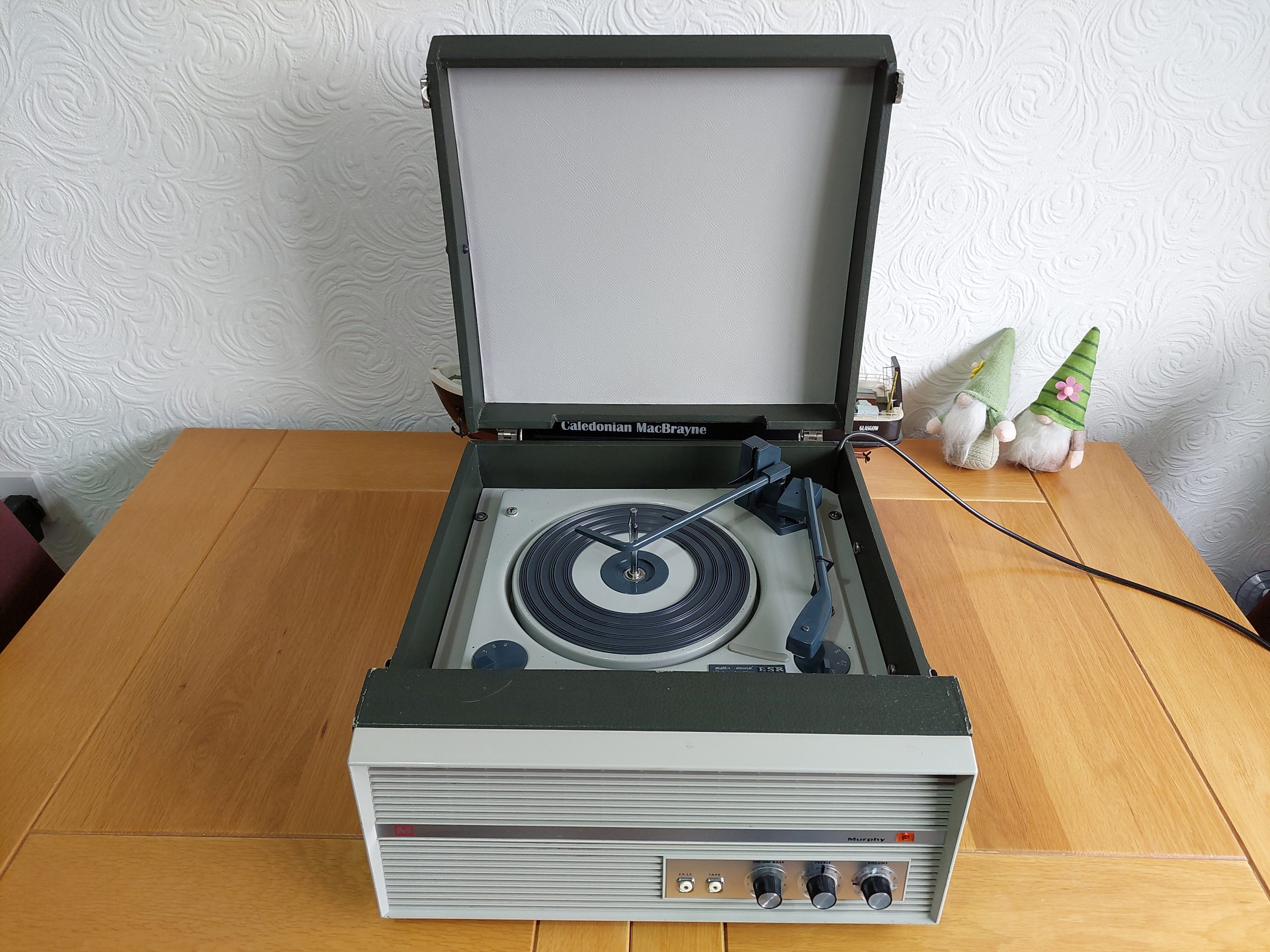The nice thing about working on equipment I’ve already restored is that the list of suspect components is quite small. This really helps to focus the faultfinding process.
I restored this Murphy Majorette A852G in June of 2024 where it had all of the usual work done. Recently, its owner got in touch to say that a bit of distortion could be heard when playing a record. I was happy to see the player as soon a possible.
I initially suspected two things: a valve issue or a BSR X5M cartridge that was due for a rebuild.
I started my investigation by feeding the amplifier a signal via an old iPhone. After listening to a bit of Serenade Radio, I could hear some distortion. It was subtle and most notable at lower frequencies. This ruled out the cartridge being faulty. Time to get the amplifier out of the cabinet.
Removing the amplifier out of the cabinet is a bit of a pain due to everything being hard wired together. You almost remove the record deck, the front panel controls and the amplifier chassis as one thing.
Looking at the component side of the amplifier I noticed that the cathode resistor (180Ω, 0.5W) for the UCL82s pentode was blackened. I wondered if something was causing the pentode to over bias slightly? Not enough to cause catastrophic damage, but just enough to give rise to a bit of distortion.
I set up my multimeter probes to measure the grid voltage of the pentode. After letting the amplifier play to itself for about ten or so minutes, I noticed the grid voltage had risen to 8V when it should be at 0V. The voltage across the cathode was 11.5V. It’s no surprise that the cathode resistor had been getting warm when the cathode current was 64mA and the resistor dissipating 0.7W!
Since the grid coupling capacitors were new I did not suspect that they were leaky. I concluded that the ‘Telam’ branded UCL82 had became internally leaky and needed to be replaced.
A NOS Matsushita UCL82 was sourced and fitted. The grid voltage is now 0V. Well, it stabilised at about 45mV over a period of 4 hours of continuous testing. This is absolutely fine. Cathode voltage and current were now a much more healthy 8.2V and 45mA respectively.
After a few more hours of listening I was satisfied that there was no more distortion and the fault had been cleared.
The blackened resistor was also replaced.
Finally, everything was put back together and I gave the cabinet a quick once over with wax.
C.T.H

Leave a Reply